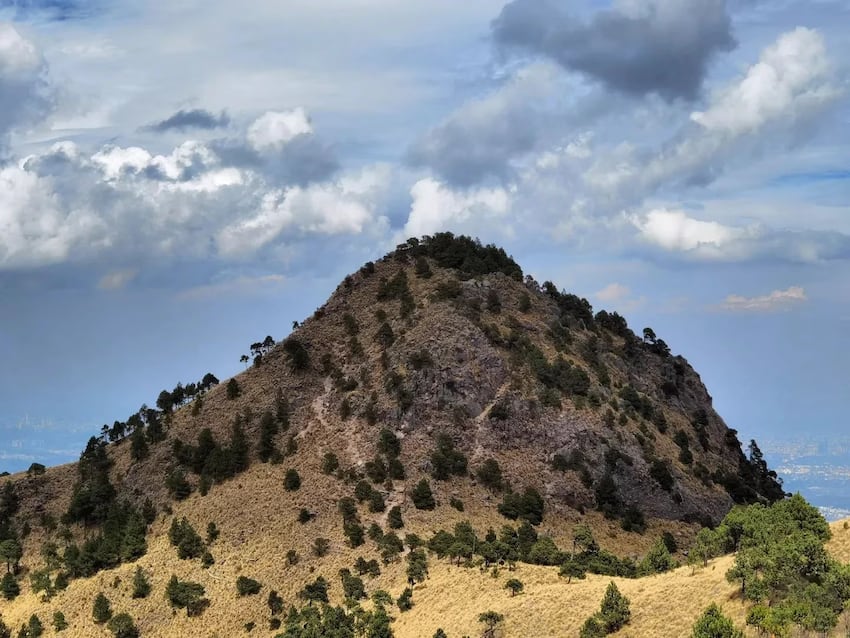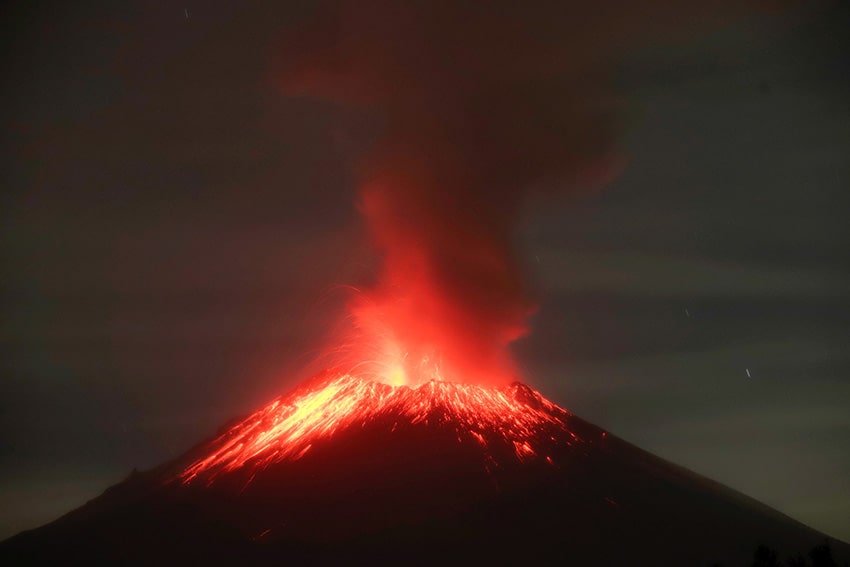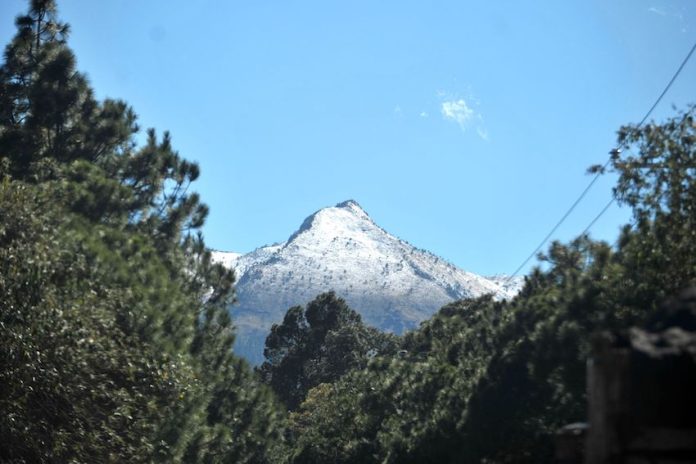After media coverage about the birth of a new volcano outside Mexico City went viral on social media this week, scientists from the National Autonomous University of Mexico (UNAM) have clarified that the event is unlikely to happen for nearly another millennium.
“Due to the repetition of journalistic stories claiming that researchers foresee the birth of a volcano in Mexico City, the UNAM clarifies… [that] this could happen in 800 or 1,200 years,” the university said in a statement.

The news stories spread after a hasty interpretation of a scientific paper published in 2008 in the Specialized Journal of Chemical-Biological Sciences.
“It is a fact that one day a new volcano will be born south of Mexico City, but it depends on the way we say it if we generate uncertainty, fear or calm,” volcanologist Hugo Delgado Granados, one of the scientific paper’s authors, told El País newspaper.
Delgado has dedicated much of his professional career to studying the Chichinautzin volcanic field located south of the capital, which has at least 220 monogenetic volcanoes, a class of low-altitude volcanic cones or vents formed through successive eruptions.
“Monogenetic volcanic fields are areas where a magmatic event takes place through the rise of magma,” Delgado explained. “Instead of the magma coming out of the same crater, each eruption creates a new volcano.”

Unlike large and visible volcanoes like Popocatépetl (one of the most-monitored volcanoes in the world) or Pico de Orizaba, eruptions of monogenetic volcanoes can be difficult to predict.
“Monogenetic volcanic fields like Chichinautzin raise three questions: where, how and when [a new volcano will arise],” Delgado said.
The Chichinautzin field, which lies beneath densely populated areas in Mexico City, Morelos and México state, stretches from the extreme south of the capital, on the border of Xochimilco, Tlalpan and Milpa Alta, to the Cuernavaca Valley in Morelos. From east to west, it ranges from the foot of Popocatépetl to the outskirts of Toluca, some 90 miles away.
The last known volcano to erupt in the field was Xitle, some 2,000 years ago. Its eruption caused lava flows that extended for more than 300 square kilometers and buried the ancient city of Cuicuilco, the most important urban center in the Valley of Mexico at the time.
“All we know is that south of the city is an active monogenetic volcanic field and that there is a probability that in the future — we do not know when — a volcano could rise,” Delgado concluded.
The online alarm surrounding the potential birth of a volcano came up following Popocatépetl’s intense volcanic activity in May, which put Mexico City and surrounding states on high alert. The volcano’s has since diminished.
